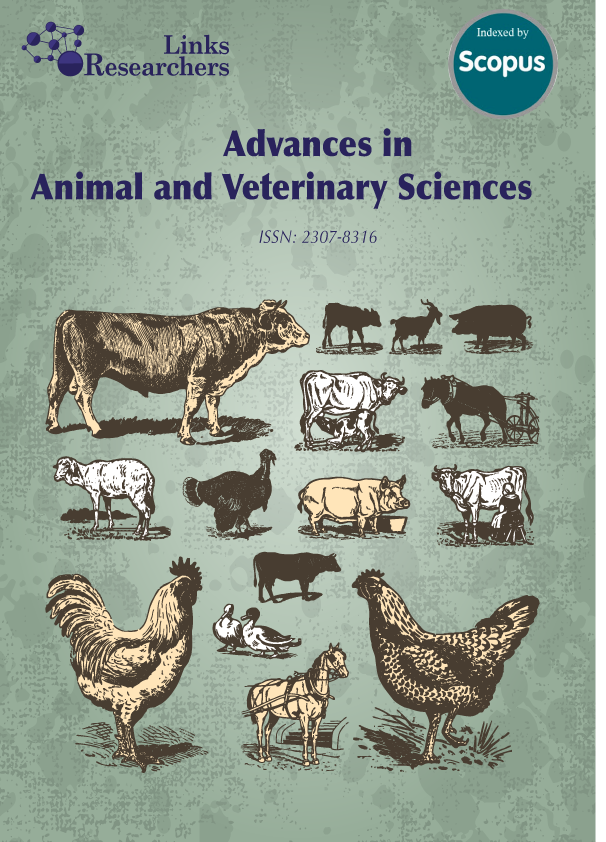Department of Pathology and Poultry Diseases, Collage of Veterinary Medicine, Al-Qasim Green University, Babylon, Iraq.
*Correspondence | Heba Saleh Shaheed, Department of Pathology and Poultry Diseases, Collage of Veterinary Medicine, Al-Qasim Green University, Babylon, Iraq; Email: Hebasaleh@vet.uoqasim.edu.iq
ABSTRACT
Disorders in sex steroid genesis can be brought on by exposure to toxicants in the environment during fetal gonad development. The current study measures the amount of testosterone and apoptotic activity in rats following long-term exposure to uranyl acetate (UN). Twenty albino male rats were divided randomly into two groups as the following: GI: 10 rat received orally distal water for 90 days GII: 10 rats received orally (40 mg/kg.bw) UN for 90 days. The animals in both groups were sacrificed at the end of the study to determine the level of testosterone hormone and the histological and immunohistochemical effects of UN on the testes. The result showed degenerative changes in spermatogonia, interstitial thickening with hyalinization, severe necrosis (nuclear changes) in the germinal cells and apoptosis. The immunohistochemical result showed increased the apoptotic activity after exposure to UN. As for testosterone level was notably declined to (1.92 ± 0.03) compared with control group. Accordingly, to the current results we concluded that the chronic exposure to UN can induce reproductive toxicity in male rats, mainly in the spermatogonia by increased the apoptotic activity, also decreased the testosterone level.
Keywords | Apoptotic activity, Immunohistochemistry, Uranium acetate
To share on other social networks, click on any
share button. What are these?






